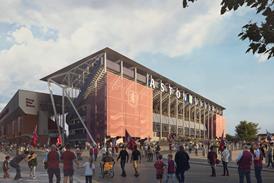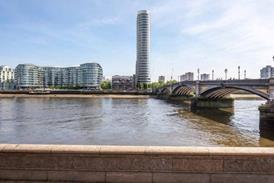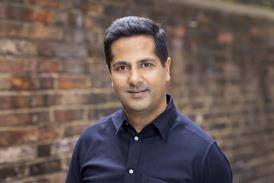- Home
- Intelligence for Architects
- Subscribe
- Jobs
- Events

2025 events calendar Explore now 
Keep up to date
Find out more
- Programmes
- CPD
- More from navigation items
How the architect’s social benefit toolkit can deliver real impact for charities

Architects possess unique skills that can help charities unlock social and commercial value through innovative design, strategic planning, and effective use of resources, writes Jonathan Mitchell
As a profession, architects possess a unique set of skills to unlock commercial and social benefit. A couple of recent project successes for charity clients got us thinking about the toolkit architects have, and how we can best harness it to support organisations outside the traditional development sector.
What many charitable and community organisations struggle with where to start. What’s the overall vision? Where are the opportunities? What assets are worth spending money on?
…
This content is available to registered users | Already registered?Login here
You are not currently logged in.
To continue reading this story, sign up for free guest access
Existing Subscriber? LOGIN
REGISTER for free access on selected stories and sign up for email alerts. You get:
- Up to the minute architecture news from around the UK
- Breaking, daily and weekly e-newsletters
Subscribe to Building Design and you will benefit from:

- Unlimited news
- Reviews of the latest buildings from all corners of the world
- Technical studies
- Full access to all our online archives
- PLUS you will receive a digital copy of WA100 worth over £45
Subscribe now for unlimited access.






